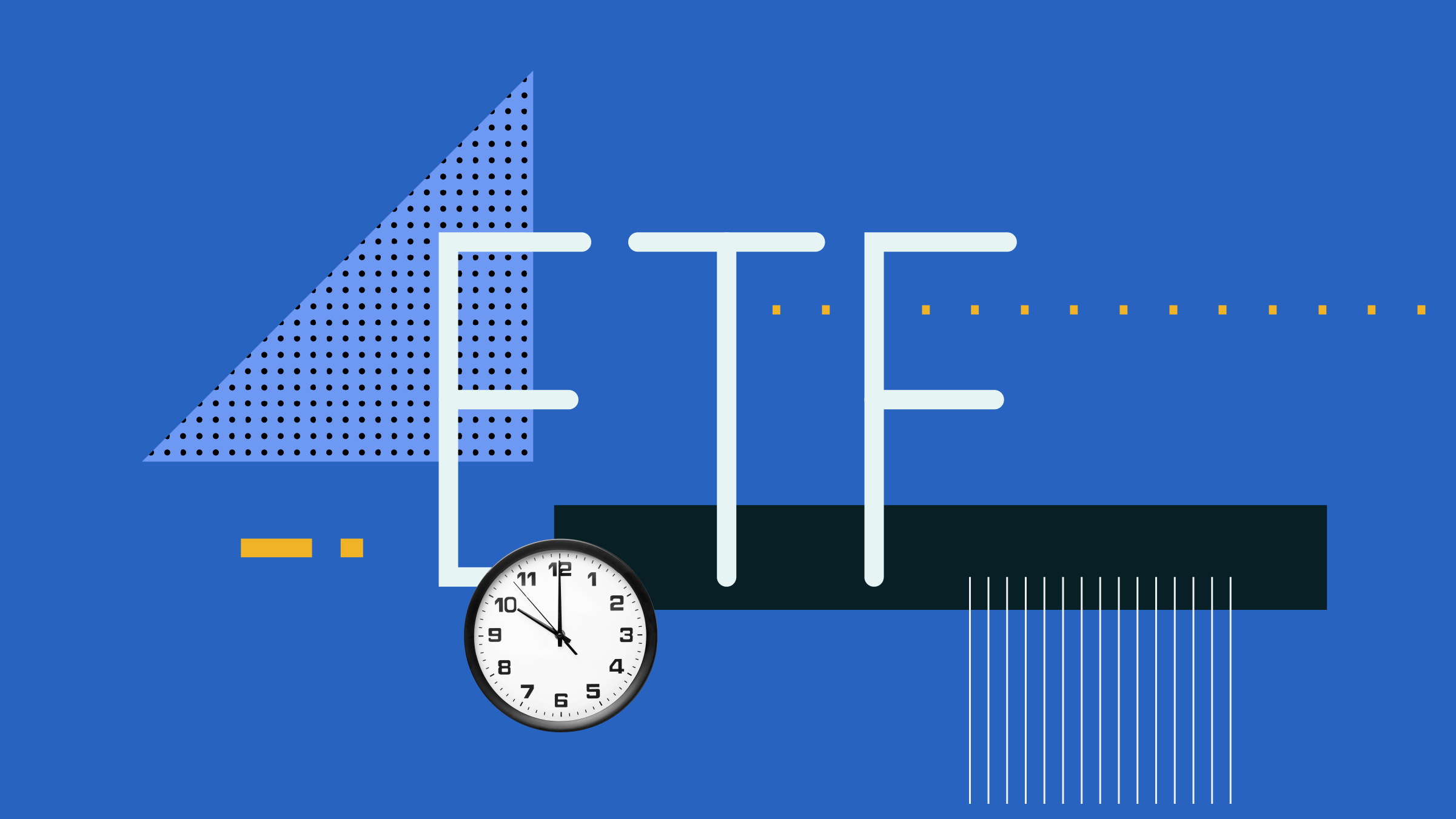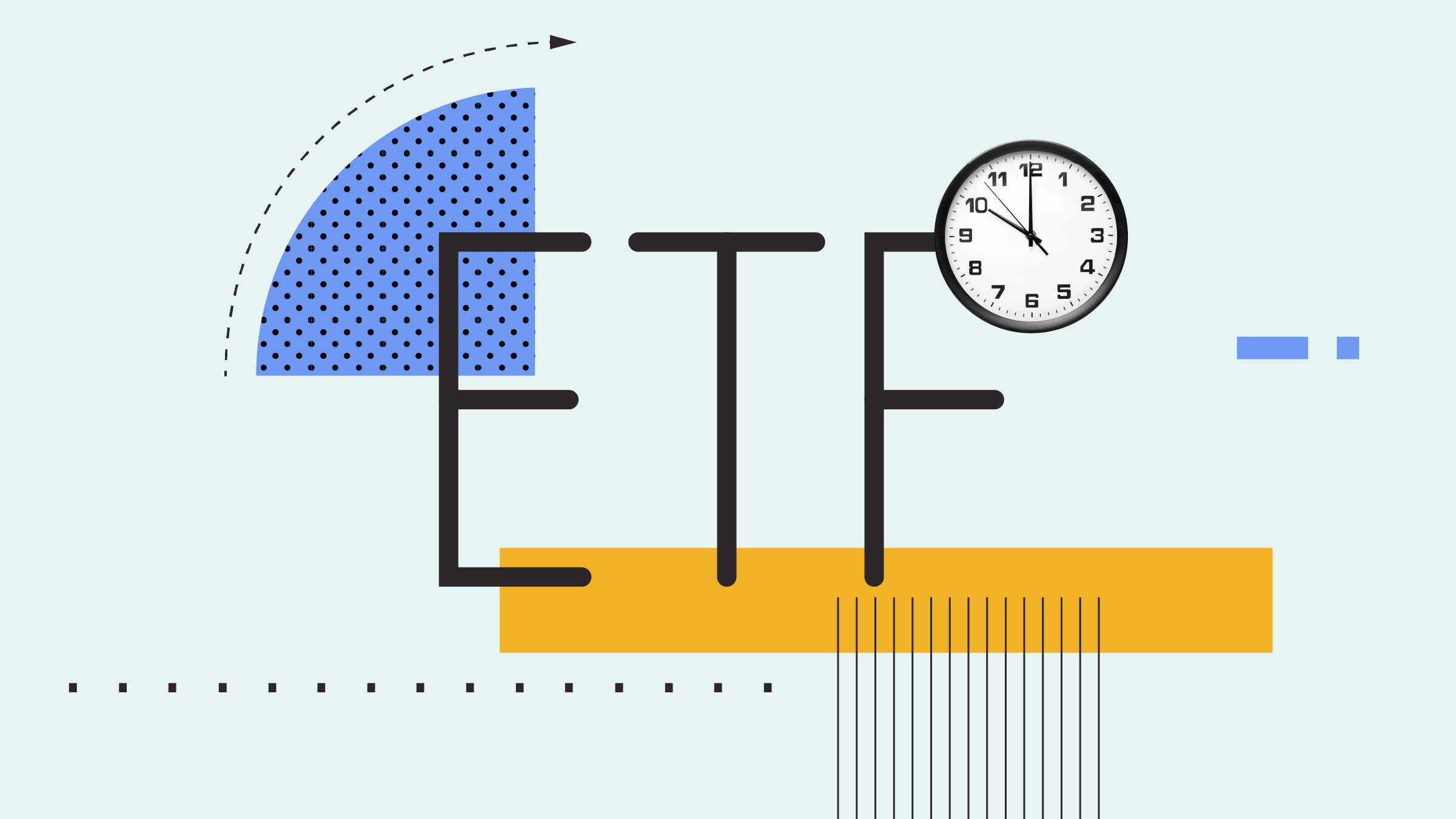Christopher Davis: Back in the day, most workers had the security to know that their company was going to be taking care of them in their retirement through a pension plan. For most of us, at least especially in the private sector, you are on your own in managing your own investment portfolio. In essence, we are our own pension fund managers. So, the question being that we have to manage our own pensions would be: Should we follow pension funds’ lead in creating our own portfolios? I think there are a lot of things that pension funds do well. There are some things that pension funds don't do well. So we'd be best advised to learn from that in constructing our own portfolios.
DO: Align your strategy and horizon
Pension plans are in business to do one thing: to meet the retirement obligations of those that they are responsible for providing for throughout their entire retirement. You, as an investor, are a pension plan manager, although you are managing a pension plan for not a whole group of workers but just yourself. And those two things are really different, between what an individual does and what a pension plan does, because you are just trying to meet your own needs. You should focus on what your own time horizon is, whereas a pension plan may be focusing on what the time horizon is of tens of thousands of retirees.
DO: Avoid home country bias
If you look at the portfolios of pension plans, you will notice they are not loaded up on Canadian stocks. They are diversified globally. They own global portfolios, international portfolios, U.S. equity portfolios. They hold bonds that are both domestic as well as foreign. And investors should follow pension funds' leads in this respect. The World Bank actually came out with a study recently showing that Canadians invest typically about 60% of their equity portfolios in Canadian stocks; but if you look at Canadian pension plans, roughly 30% to 40% are invested in Canadian stocks. So most investors could stand to invest more like pension funds in the sense that they should be less exposed to their home market. Canada is just 3% or so of the world's total market capitalization, and holding 60% in Canada is a big bet on the home market.
DO: Keep your costs low
Cost control hasn't always been a strong suit of many pension plans, but recently you'll notice some major pension providers increasingly focusing their efforts on cutting costs. CalPERS, which is one of the largest pension plans in the world based in California, recently cut about $200 million in investment costs from their portfolio over the past year. And cutting costs is one of the best things that you can do to improve your portfolio's overall returns. A lot of people think if you pay more for your investments, you are going to get better investments. That's not true. In the investment world it's just counterintuitive. But you actually have a better chance of outperformance the less you pay.
DON’T: Make your portfolio too complex
Many investors trying to copy pension plans really want to copy some of the more esoteric or more complex strategies that pension funds attempt to accomplish. There are a couple of reasons why I think investors shouldn't bother doing so. For one, you can't invest in private equity funds or own giant tracts of timber or own whole buildings like many pension plans are capable of doing. And even if you, as an individual, get access to these sorts of things, you will never have the same quality of managers that pension funds can find. They are just much bigger; they have deeper pockets and they are the ones who are going to invest with the best managers globally. Investors aren't going to be able to go out there and hire the best private equity manager for their portfolios.
DON’T: Get too optimistic
The biggest mistake many pension plans make is assuming the very best case scenario for the long-term returns of their investment portfolio. If you look at many major pension plans like CalPERS; if you look at the pension plan behind General Motors, they are assuming long-term returns of around 8% per year. Now, that's what the stock market might be able to provide long-term, but none of these portfolios are invested solely in stocks. In fact, fixed income makes up a really large part of most pension plan assets. They are not going to return anywhere near 8% a year. And there is a real incentive to have really high return assumptions, because if you think the market is going to deliver really high returns, the less you need to put into your pension plans. So companies and governments love very generous assumptions. But you, as an individual, if your assumptions are too optimistic, you can end up with too small of an (assay) when you reach retirement and there is going to be nobody there to bail you out.
DON’T: Follow the herd
One of pension funds' potential advantages is they can really think long-term. They are designed to last forever, unlike most individual portfolios. Unfortunately, people have expiration dates; companies don't necessarily have those things. Governments definitely don't have expiration dates. So you would think this would give pension plans an incentive to think long-term. But a lot of the academic research shows that pension plans behave, even more so than individuals much like herding animals. They follow each other. Pension plans love to follow other pension plans into the same asset classes at the same time. In the late 2000s, around 2006-2007, every pension plan wanted to be just like Yale's pension plan because they have been tremendously successful, but nobody was able to really replicate the model all that well.
You, as an individual investor, have your own return objectives, your own time horizon and you should do what's right for you, rather than trying to follow what the herd is doing.





















-learn-from-pension-funds.aspx&r=&sid=UCOUWVJG&qs=%7B%7D&cid=80138408)